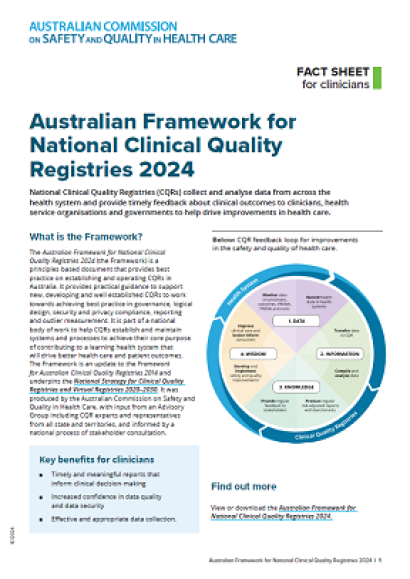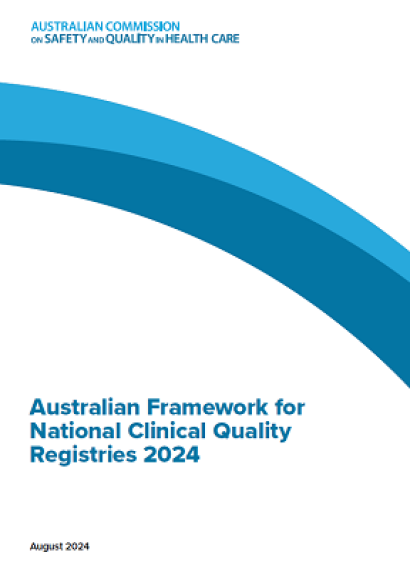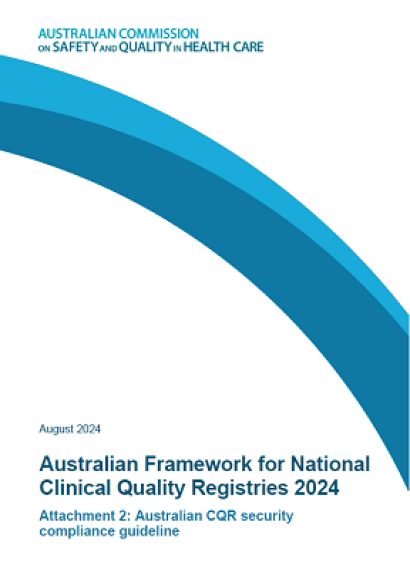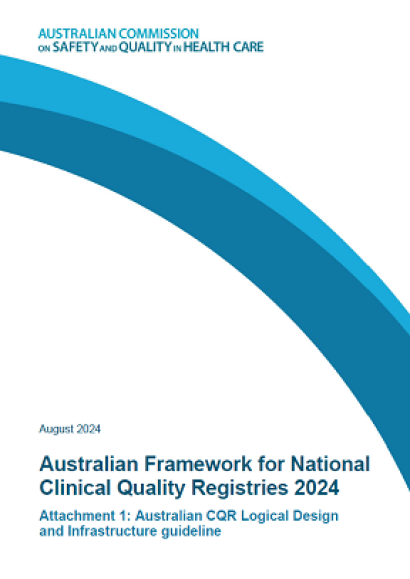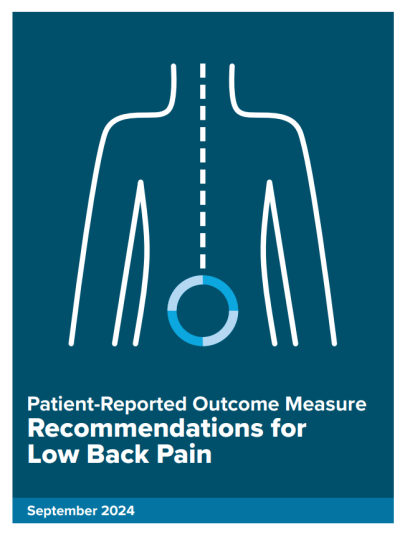Jason Trubiano, Austin Health, jason.trubiano@austin.org.au
AUS-SCAR is a prospective registry of clinical data and pair biorepositry samples (optional) in 13 hospital networks across Australia. Patients are prospectively recruited following informed or Medical Decision Maker consent and clinical information, treatment and outcome data is collected. Patient follow up is performed at 3 months and 12 months to ensure appropriate patient follow-up is established and assess long-term care outcomes. A waiver of consent is available to capture cases associated with inpatient early mortality. The data is externally validated to ensure quality and the AUS-SCAR is governed by a multidisciplinary steering committee with established terms of reference. AUS-SCAR is hosted by Austin Health and University of Melbourne and led by Chief Investigator Professor Jason Trubiano. The purpose is to collect data on the burden of SCAR in Australia, the impacts on patient healthcare and patient outcomes and lead to improved diagnosis, prevention, treatment of SCAR with co-development of national guidelines and national care standards.
- Feedback to contributing clinicians
- Shared with other clinicians
- Shared with hospital executive
- Shared with consumers
- Shared with medical colleges
- Reported in other public reports
Validated Drug Hypersensitivity Quality of Life
The Australian Hospital Patient Experience Question Set (AHPEQS)
New South Wales
- Nepean Hospital
- Royal North Shore Hospital
- St George Hospital
- St Vincent's Hospital (Darlinghurst)
Northern Territory
- Royal Darwin Hospital
Queensland
- Royal Brisbane & Women's Hospital
South Australia
- The Royal Adelaide Hospital
Victoria
- Austin Health
- Peter MacCallum Cancer Centre
- Royal Melbourne Hospital - City Campus
- St Vincent's Hospital (Melbourne) Ltd
- The Alfred
- Monash Health
Western Australia
- Fiona Stanley Hospital
Other participating sites
- Doherty Institute
- Murdoch University
- University of Melbourne



